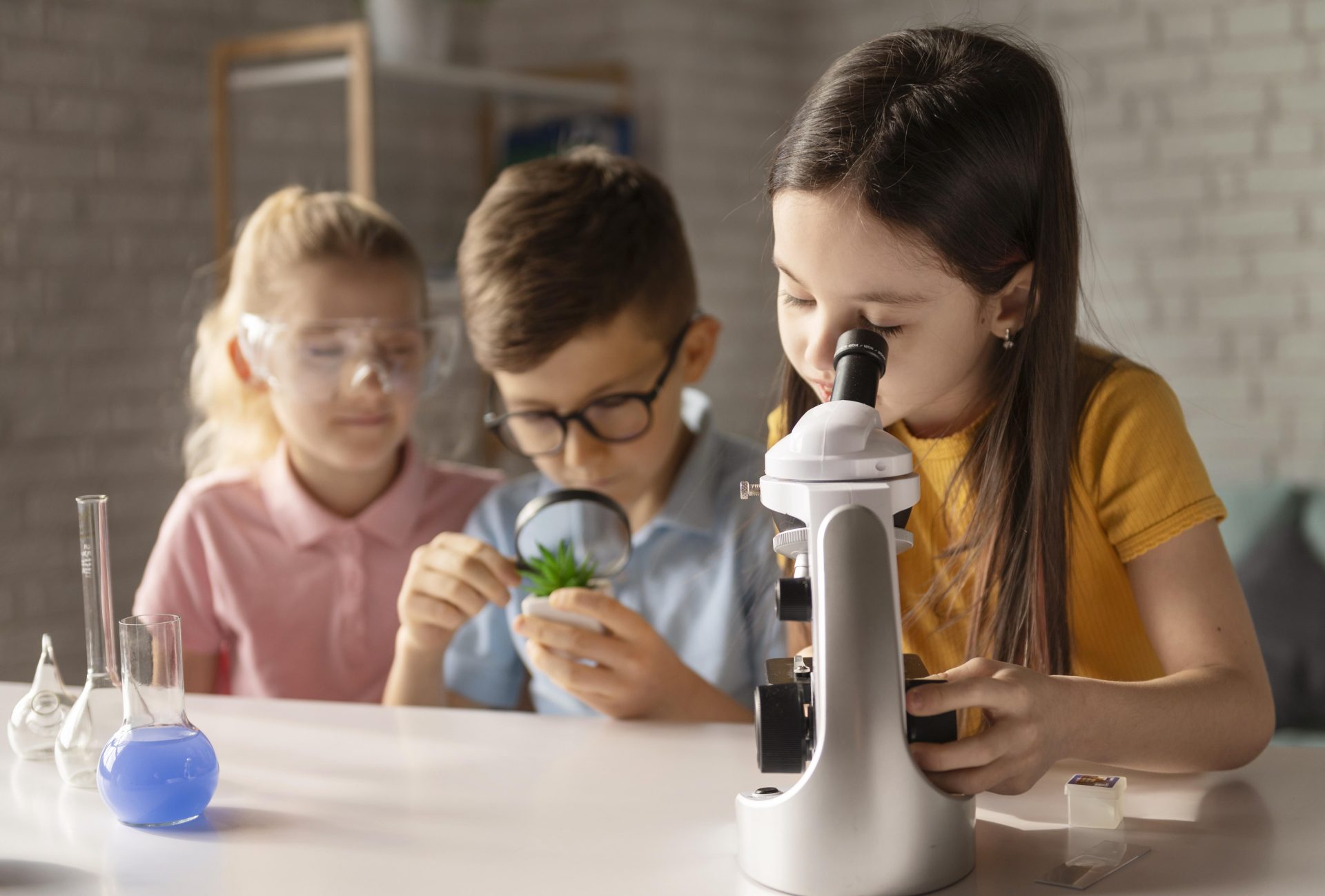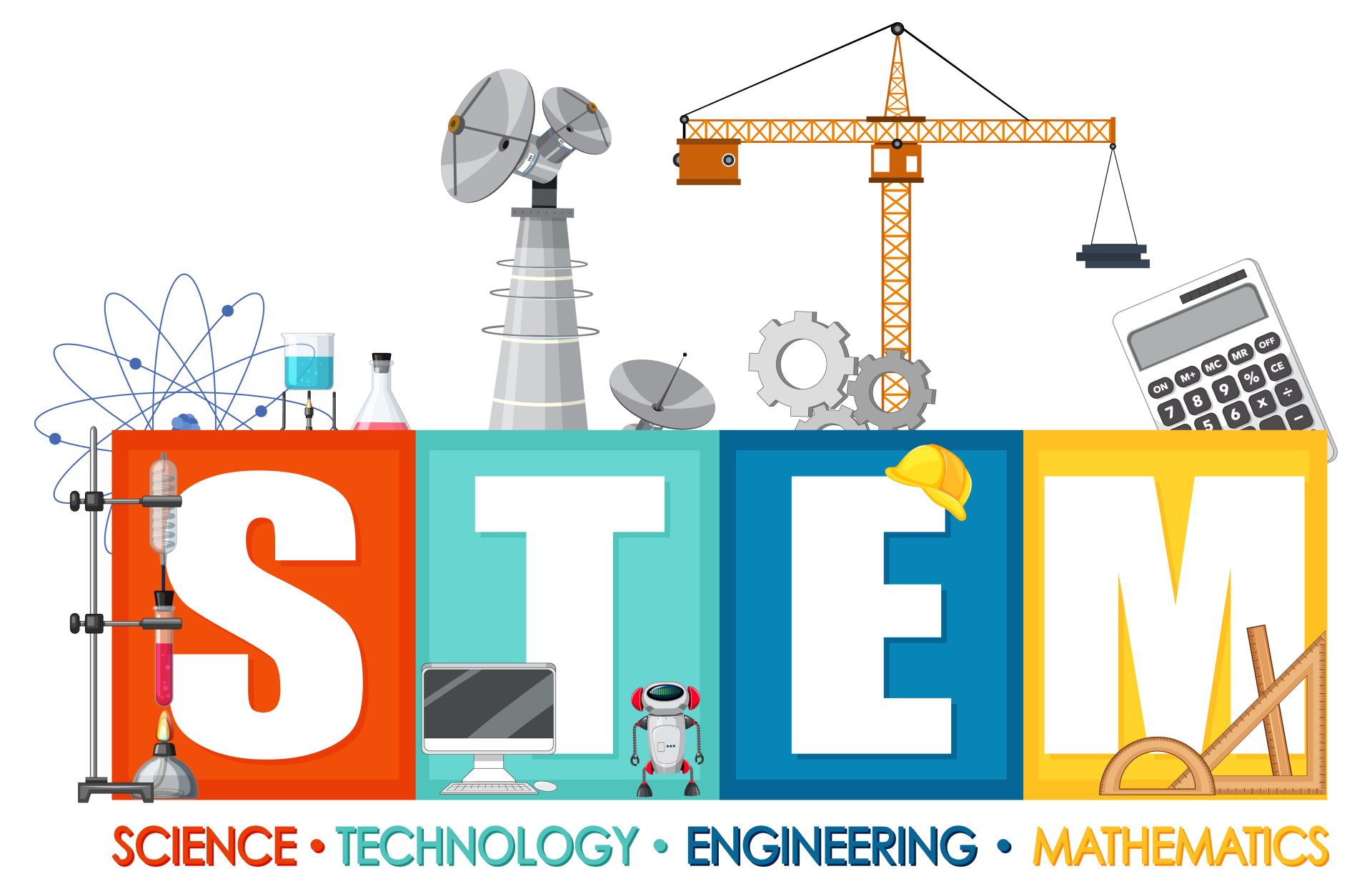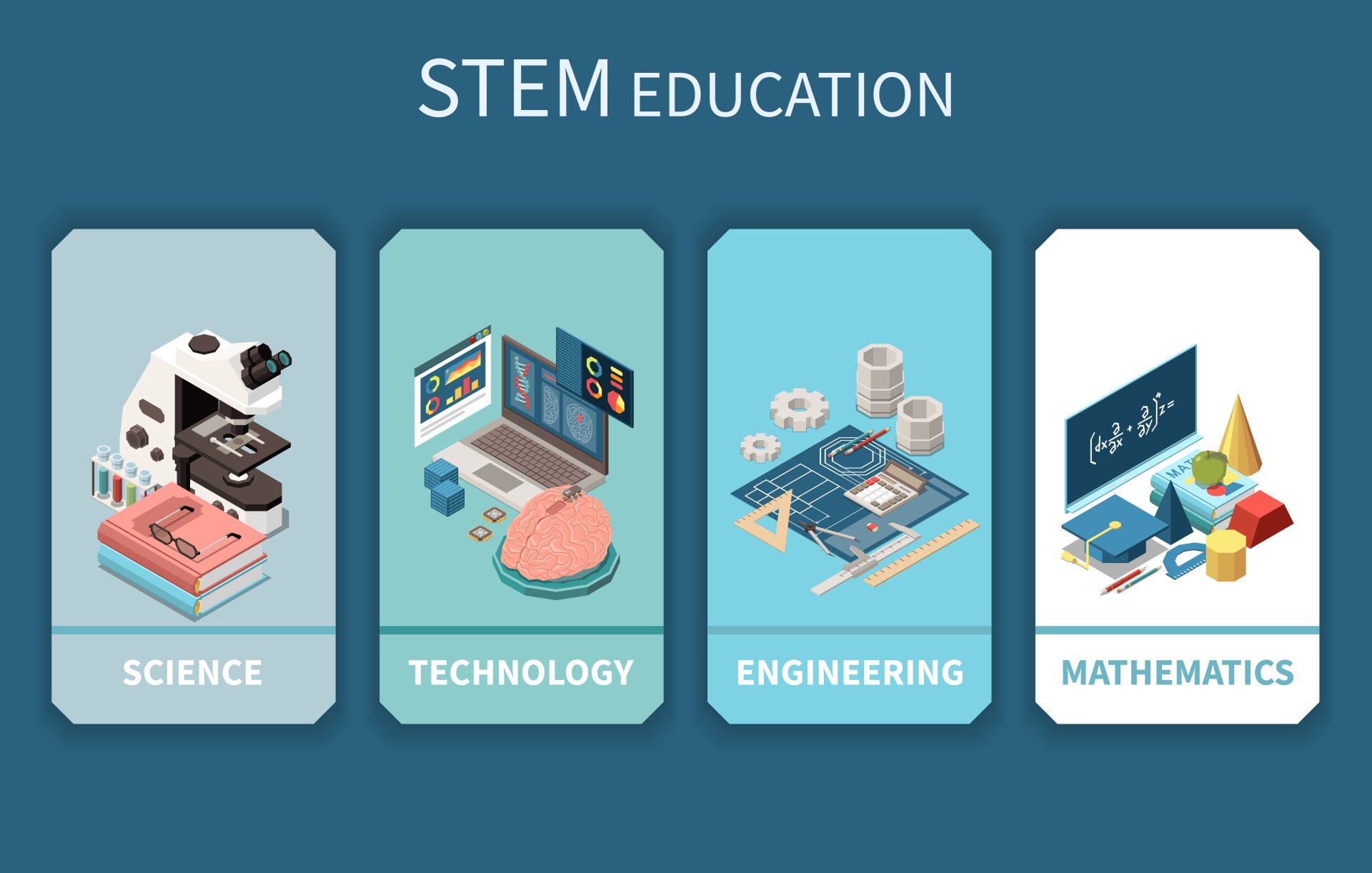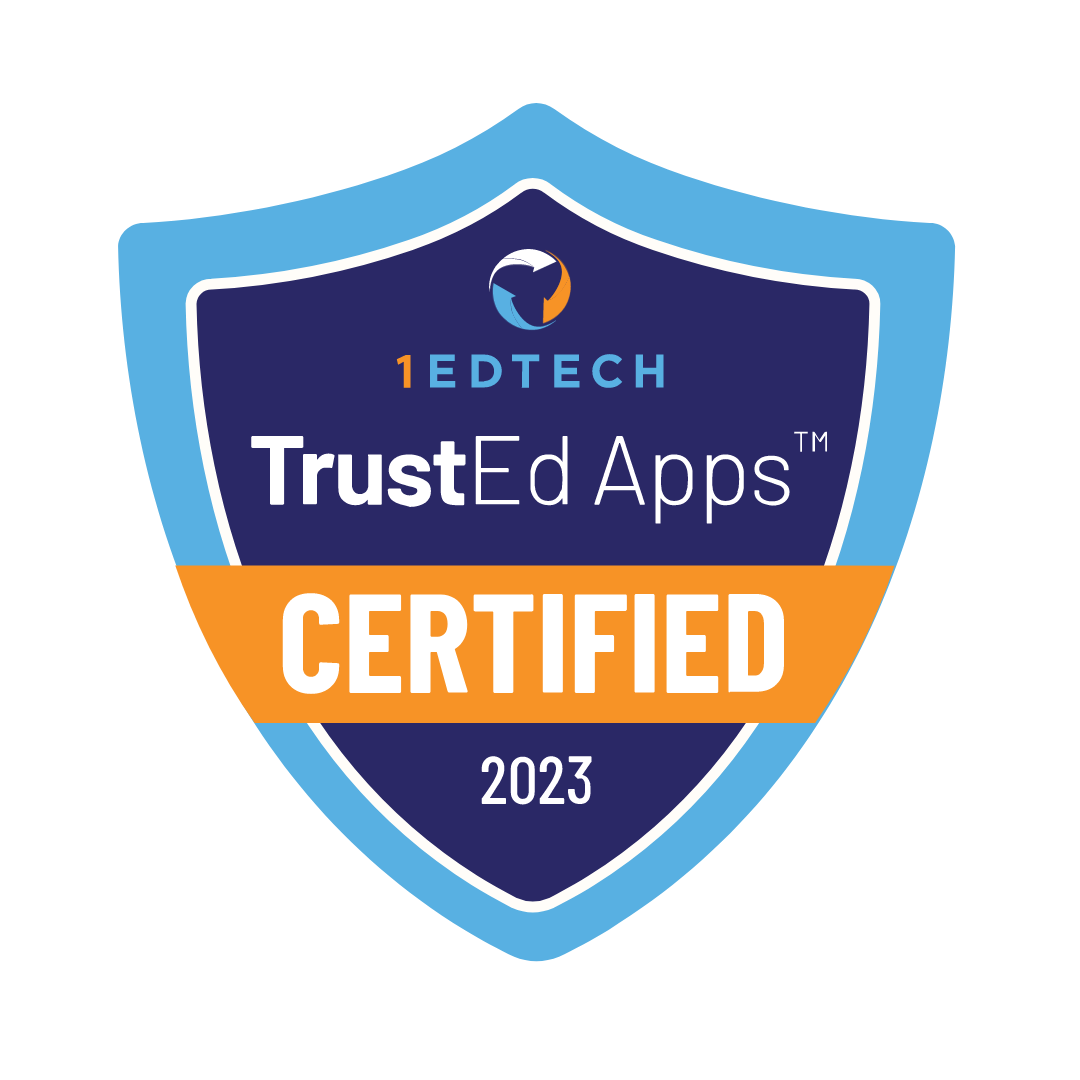Contents
- 1 Create a Mobile App
- 2 3D Model a Product
- 3 Build a Solar-Powered Car
- 4 Create a Website
- 5 Design a Water Filtration System
- 6 Create a Smart Home System
- 7 Simulate an Ecosystem in a Bottle
- 8 Code a Chatbot
- 9 Build a Working Catapult
- 10 Create a Virtual Solar System
- 11 Create a Chemistry Experiment Video
- 12 Create a Water Rocket
- 13 Create a Human Body Systems Model
- 14 Build a LEGO Mindstorms Robot
- 15 Create a Math Formula Visualizer
- 16 Build a Balloon-Powered Car
- 17 Design a Paper Airplane Competition
- 18 Make a DNA Extraction Kit
- 19 Create a Smart Mirror
- 20 Build a Mini Hovercraft
- 21 Code a Virtual Pet
- 22 Make a Heart Rate Monitor
- 23 Program a Smart Traffic Light System
- 24 Build a Paper Microscope
- 25 Make a pH Indicator with Red Cabbage
- 26 Conclusion
Science, Technology, Engineering, and Mathematics (STEM) education helps students develop important skills. These skills include problem-solving and critical thinking. Online learning makes it easy for students to access resources and explore these subjects. Projects remain one of the better ways of learning in the fields of STEM subjects.
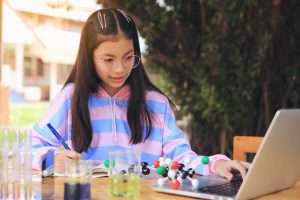
Projects are activities where students solve challenges. Students design, build, or experiment using the principles of STEM. Projects turn theory into practice. We will explore 25 project ideas for online STEM learners.
Create a Mobile App
Students develop a basic mobile app in this project. The app is a simple calculator, a task manager or an educational quiz game. Children use platforms like Massachusetts Institute of Technology (MIT) App Inventor or Swift Playgrounds to simplify the process of creating a mobile app. Students focus on the app’s functionality without needing advanced coding skills.
This project gives students a hands-on introduction to programming. It teaches students on how to develop an app and build different skills. These skills include critical thinking and problem-solving..
3D Model a Product
Students use 3D modeling software in this project. Learners design something existing in the world, such as a smartphone case or an item of furniture. Children start to work with tools like Tinkercad, SketchUp, or Autodesk Fusion 360. Students use 3D printing to bring physical versions of their designs into creation.
This project fosters creativity and precision. The project teaches students engineering design, spatial reasoning, and computer-aided design (CAD) skills. Students learn how to use professional tools while creating practical items.
Build a Solar-Powered Car
Students create a small solar-powered car in this project. The car consists of cardboard for the body, wheels for movement, a small motor to propel it, and solar panels to capture energy. Students experiment with various ways of positioning the solar panels to maximize energy absorption. Children try different types of designs to find out which one enables it to run more efficiently under various light conditions.
This project combines physics, engineering, and renewable energy principles. The project demonstrates how solar power works and teaches mechanical design in a hands-on way.

Create a Website
Students use HTML for building structure, CSS for styling, and JavaScript to interact with a simple website. The website is utilized in the form of a portfolio, blog, or small business website. Students make use of Visual Studio Code to leverage this environment’s resources to write and edit their code effectively to organize content, format text, and add visuals. WordPress is used to build blogs or portfolios without extensive coding. Figma is used to wireframe a website and create an interactive, visually attractive interface by the students.
This project teaches essential web development skills, including design, structure, and coding. The project emphasizes the importance of User Experience (UX) and prepares students for real-world applications in today’s digital world.
Design a Water Filtration System
“For the things we have to learn before we can do them, we learn by doing them, e.g. men become builders by building and lyre players by playing the lyre; so too we become just by doing just acts, temperate by doing temperate acts, brave by doing brave acts”
Aristotle, Nicomachean Ethics, Book II
Learners filter dirt from water using materials like sand, gravel, charcoal, and cotton in this project. The filtering concept starts by placing the filtration materials in layers inside a container, then natural filtration systems take effect. Students measure the efficiency of their filter in water purification by checking on clarity, odor, and the contaminants removed. Children improve the design to make the filter more effective after analyzing the results.
TeachEngineering contains lesson plans and hands-on activities about water filtration systems. The resource provides guidelines in teaching the concept of water purification, sustainability, and environmental engineering.
This project integrates chemistry, environmental science, and engineering. The project teaches students about the water purification process and its real-world applications, highlighting the importance of clean water.
Create a Smart Home System
Students design and develop a simple home automation system using microcontrollers. Learners control lights, monitor temperature, and integrate smart features into the system. The system identifies motions or temperature changes with appropriate sensors and automatically performs further operations. Advanced students go one step ahead by implementing a basic security system providing real-time alerts on a mobile application or via email.
Instructables provides detailed guides on building smart home systems, offering step-by-step instructions for working with Arduino or Raspberry Pi.
This project introduces students to the Internet of Things (IoT) and smart technologies, offering hands-on experience with automation. The project highlights how these systems are becoming essential in modern homes and industries.
Simulate an Ecosystem in a Bottle
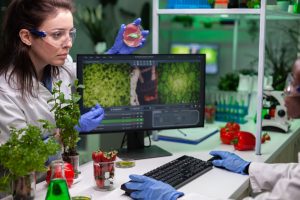
Students create an ecosystem in a glass or plastic bottle. Learners add soil, plants, and a small water source to create a miniature ecosystem where plants grow and sustain themselves without any external input. Nature replicates itself in this closed system by allowing students to observe how such elements as the cycle of water, nutrient flow, and growth of plants work together to maintain a delicate balance.
National Geographic Kids has numerous articles and guides on making ecosystems, adding more to the science involved with the natural environment.
This project explains some of the important parts of biology and environmental science, such as photosynthesis, the water cycle, and ecosystem dynamics. The project provides an easier and hands-on way for students to see how ecosystems work in a simplified model.
Code a Chatbot
Students develop a chatbot using Python to answer basic questions, provide recommendations, or hold simple conversations. Students enable the chatbot to understand and process human language. Students make interactions dynamic and realistic by integrating natural language processing libraries like NLTK or TensorFlow. The chatbot is created to handle specific topics, respond to user queries, and learn from interactions over time. Students use Real Python to access tutorials and guides on building Python-based chatbots, including step-by-step instructions on using libraries like NLTK and TensorFlow.
This project introduces the students to the important conceptual aspects of artificial intelligence (AI) and machine learning. The project is about exploring how AI understands and responds to human language.
Build a Working Catapult
| Parents, Take Note
The results of the research “Study of the impact of project-based learning on student learning effects: a meta-analysis study” by Lu Zhang and Yan Ma showed project-based learning improved students’ learning outcomes and positively contributed to academic achievement
|
Students design and construct a small catapult using simple materials such as popsicle sticks, rubber bands, and a plastic spoon. Learners test the catapult with objects. Learners measure how far the catapult shoots and see whose is the most accurate. The students put in an effort to create the best catapult while learning to maximize force and trajectory.
The Science Buddies offers easy-to-follow instructions for building simple machines like catapults.
This project introduces key physics concepts like force, trajectory, and mechanical advantage. The project encourages creativity and hands-on problem-solving while teaching students about basic engineering and design.
Create a Virtual Solar System
Students use coding or 3D modeling software like Blender or Unity to simulate the orbits of planets. Learners explore how gravity affects planetary motion. Students simulate events like eclipses or planetary alignments. They gain a deeper understanding of the forces governing planetary movement by coding interactions between celestial bodies.
NASA’s Eyes offers interactive tools and visualizations. Students use these tools to simulate and explore planetary systems in real time.
This project combines astronomy with programming. The project helps students visualize complex scientific concepts. Children learn how to create accurate simulations.
Create a Chemistry Experiment Video
Students film and explain a chemistry experiment in this project. Learners demonstrate simple experiments, such as creating a volcano with baking soda and vinegar or growing crystals. The video includes explanations of the chemistry experiment to help students understand the science behind the reactions.
Science Buddies provides a set of resources and guidelines on how to conduct chemistry experiments and record educational videos.
This project helps students put into practice scientific communication and presentation skills. The project makes the learning about chemical reactions fun.
Create a Water Rocket
Students design a water rocket using a plastic bottle, water, and air pressure. Learners experiment by modifying the levels of water and pressure to achieve the most appropriate setup for ultimate flight. They study how variations in the factors of water amount and air pressure influence the performance of the rocket through changing these variables.
Science Buddies has lots of resources to help students build and launch a water rocket, and optimize flight performance.
This project shows the key principles of physics, including Newton’s third law of motion and studies of aerodynamics. Students in this project enjoy an exciting means of viewing pressure and force in action.
Create a Human Body Systems Model
Students build a model of the human body, showcasing key systems such as the circulatory, respiratory, and digestive systems. Learners use materials like clay, cardboard, and tubing to simulate organs and demonstrate their functions. Students see how each part of the body works together to sustain life by constructing these systems.
KidsHealth offers comprehensive guides and activities on human body systems, helping students understand anatomy in a simple, interactive way.
This project helps students understand human anatomy and biology through a tactile and visual approach. The project uses an engaging way to explore how different body systems interact and support overall health.
Build a LEGO Mindstorms Robot
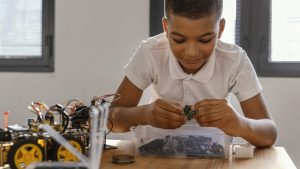
Students build and program robots using LEGO Mindstorms or similar robotic kits. Learners design robots to perform specific tasks, such as picking up objects or solving puzzles. The project enables students to use sensors, motors, and programming to make their robot either work autonomously or via remote control.
Resources and guides by LEGO Education support the students in learning how to create and program a robot using LEGO Mindstorms.
This project merges creativity with engineering and programming. The project is an easy introduction to robotics, allowing students to develop problem-solving and coding skills.
Create a Math Formula Visualizer
Students create a program or use an available tool online to show how certain math formulas work. Learners build function graphs, solve equations, and immediately see how changes in variables affect an outcome.
Desmos is an excellent online graphing calculator for visualizing functions and equations interactively.
The project reinforces the knowledge of math through immediate feedback. Visualization helps students grasp complex formulas, improving their understanding of mathematical relationships and boosting their problem-solving skills.
Build a Balloon-Powered Car
Students create a small car powered by the release of air from a balloon. Learners experiment with different designs to find out which car travels the farthest or fastest. Students learn how these factors affect movement and speed by adjusting the shape, weight, and size of the car.
Science Buddies offers for students guides and tips for building and optimizing balloon-powered cars.
This project makes principles of propulsion and energy conversion fun and demonstrative for students. The students play with some basic concepts in physics by designing an experiment.
Design a Paper Airplane Competition
Students design different paper airplanes to achieve maximum distance, speed, and accuracy of flight. Data from each students’ test is recorded and analyzed to determine the best airplane design. Students explore several of the variables affecting flight by changing the shape, size, and weight of the wings.
Fold ‘N Fly provides a variety of paper airplane designs and tutorials to help students test and compare different models.
This project teaches aerodynamics and introduces students to testing and iteration. The project offers a hands-on, fun way to learn about flight principles while encouraging creativity and problem-solving.
Make a DNA Extraction Kit
Students extract deoxyribonucleic acid (DNA) from fruits like strawberries. Learners use materials available in any household, such as dish soap, salt, and rubbing alcohol. Kids follow simple steps to isolate the DNA and observe the strands viewing under a microscope or magnifying glass.
Genetics Science Learning Center provides detailed instructions and resources for DNA extraction experiments.
This project introduces students to molecular biology and genetics. The project helps explore DNA structure and makes complex biological concepts accessible and engaging.
Create a Smart Mirror
Students build a smart mirror displaying the time, weather, or calendar events using a Raspberry Pi and a one-way mirror. Learners use sensors and code to create a functional interface on the mirror’s surface.
This project integrates electronics, coding, and design. The project teaches students about the Internet of Things (IoT) and adding smart features to everyday objects.
Build a Mini Hovercraft
Students create a model hovercraft using a compact disc (CD), a balloon, and a plastic bottle cap. Learners’ hovercraft is supported by a cushion of air. The air pressure from the balloon and the smooth surface of the CD allow the hovercraft to glide easily over flat surfaces. Learners modify the size and placement in search of better performance in smoothness and speed of movement of the hovercraft.
Students find detailed instructions to construct mini hovercrafts and fine-tune the design described on Science Buddies.
This project introduces students to the principles of physics, friction, and air pressure in a fun and easy way. The project allows students to get a feel firsthand about how these concepts work.
Code a Virtual Pet
Students develop a virtual pet using either the Python programming language or Scratch. Learners program the different things their pet does if it gets hungry, tired, or happy. Additional features, like health monitoring or daily activity tracking, are included in the pet’s interface to make the pet more interactive.
This project introduces students to object-oriented programming and teaches them how to construct interactive, user-focused programs in a fun way.
Make a Heart Rate Monitor
Students build a simple heart rate monitor using a pulse sensor and a microcontroller, such as Arduino. The pulse sensor detects the heart rate, and the readings are displayed on an Liquid Crystal Display (LCD) screen. Students modify the code to change the display format or save data for later analysis.
This project combines biology with electronics and coding. The project teaches students about human physiology, how sensors work, and how to incorporate electronics to display real-time data.
Program a Smart Traffic Light System
Students implement a traffic light system using sensors and a microcontroller, such as Arduino or Raspberry Pi. The system detects the flow of vehicles to re-adjust the light sequence. Students program the lights to change based on the flow of traffic. This project allows students to simulate how smart traffic systems manage congestion in urban environments.
Instructables shows to students the step-by-step guides in making their version of the smart traffic light systems, including the use of microcontrollers.
This project teaches students concepts such as automation, electronics, and urban infrastructure. The project gives a real-life experience of applying these technologies to the betterment of public transportation systems.
Build a Paper Microscope
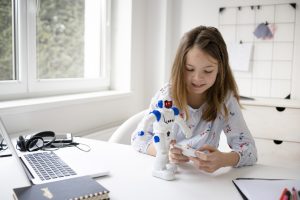
Students assemble a make-your-own microscope from the kit, like a Foldscope. The microscope is prepared with paper and lenses and is powerful to magnify small objects, such as plant cells or tiny organisms.
The project introduces the student to biology and microscopy and provides hands-on experience with scientific equipment at low cost.
Make a pH Indicator with Red Cabbage
Students use the juice of red cabbage as an indicator of pH to check the acidity or alkalinity of household substances. The experiment includes lemon juice, baking soda, or vinegar. The juice of the cabbage acts to show colors upon different levels of pH and therefore provides a good and simple visual experiment.
Science Buddies has clear instructions on how to create pH indicators and conduct the relevant experiments with household items.
This is an easy chemistry project for kids. Students learn hands-on about pH levels and chemical reactions. This project helps learners understand the science behind many things they encounter in everyday life.
Conclusion
STEM projects help learners turn theoretical knowledge into practice. Learners develop problem-solving, creative, and critical thinking skills in these activities. We explored 25 STEM projects to help students grow. Students who want to start with STEM projects quickly or don’t know where to begin turn to Legacy Online School. Our teachers find the right project for each student and guide them through every step.



